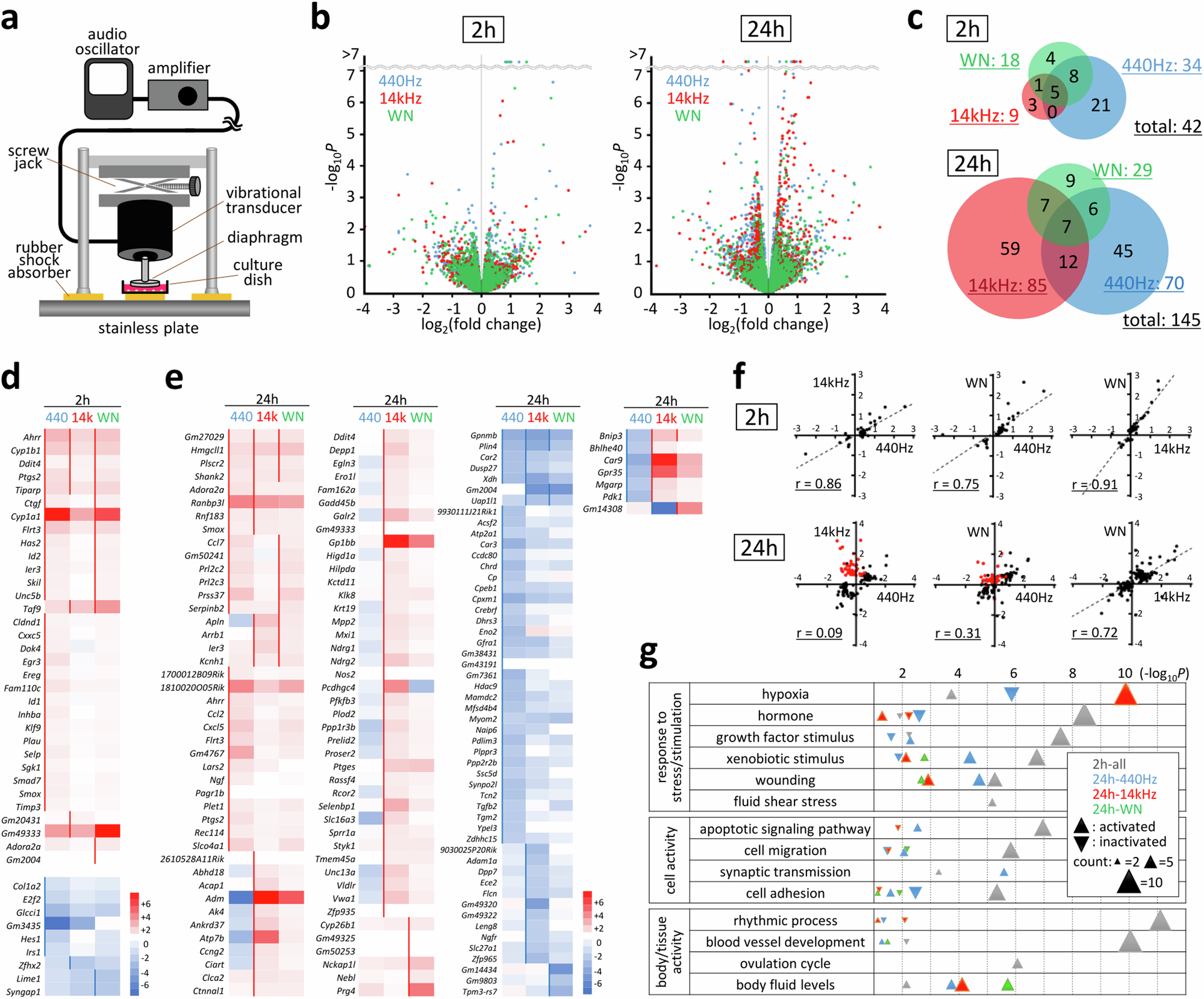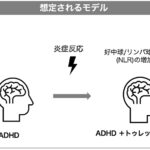2025-04-17 京都大学
<関連情報>
- https://www.kyoto-u.ac.jp/ja/research-news/2025-04-17
- https://www.kyoto-u.ac.jp/sites/default/files/2025-04/web_2504_Kumeta-2a4721271e2f08ce670ebd289637b0c8.pdf
- https://www.nature.com/articles/s42003-025-07969-1
機械感受性遺伝子の音響変調と脂肪細胞分化 Acoustic modulation of mechanosensitive genes and adipocyte differentiation
Masahiro Kumeta,Makoto Otani,Masahiro Toyoda & Shige H. Yoshimura
Communications Biology Published:16 April 2025
DOI:https://doi.org/10.1038/s42003-025-07969-1

Abstract
Eukaryotic cells are equipped with multiple mechanosensory systems and perceive a wide range of mechanical stimuli from the environment. However, cell-level responses to audible range of acoustic waves, which transmit feeble yet highly frequent physical perturbations, remain largely unexplored. Here, we established a direct sound emission system with a vibrational transducer, and acoustic waves at frequency 440 Hz, 14 kHz, and white noise were transmitted to the murine C2C12 myoblasts at 100 Pa intensity. After 2 and 24 h sound emission, 42 and 145 differentially expressed genes, respectively, were identified using RNA-sequencing. Both cell- and sound-related factors important for inducing gene responses were further investigated. The activation of prostaglandin-endoperoxide synthase 2/cyclooxygenase-2 (Ptgs2/Cox-2), a high and immediate sound-responding gene, is dependent on focal adhesion kinase activation and mediates sound-triggered gene responses by activating prostaglandin E2 synthesis. Adipocyte cells exhibited prominently high sound responses, and their differentiation was significantly suppressed by continuous or periodic acoustic stimulation. Collectively, these findings redefine acoustic waves as cellular stimulators and provide new avenues for applying acoustic techniques in biosciences.


